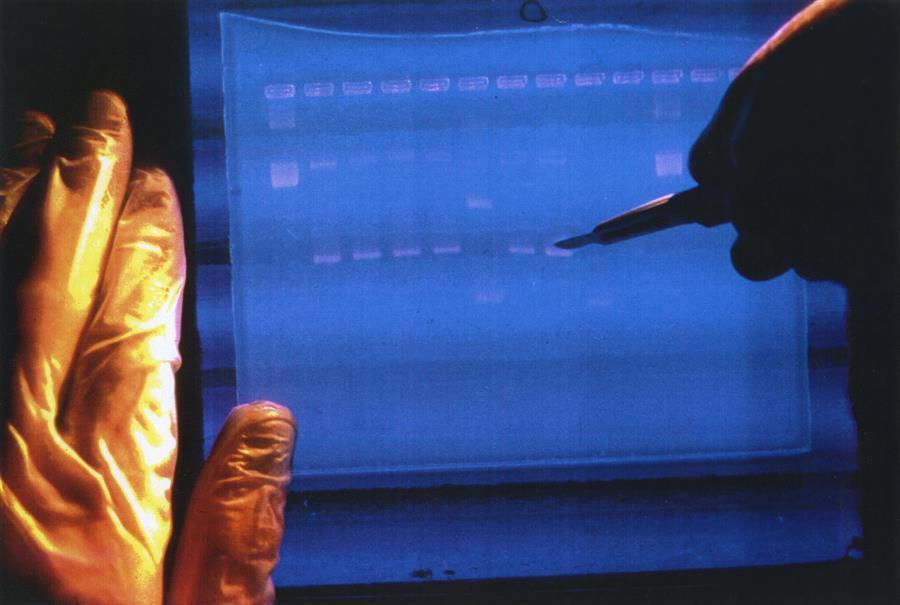
Scientists say they have finally assembled the full genetic blueprint for human life, adding the missing pieces to a puzzle nearly completed two decades ago.
An international team described the first-ever sequencing of a complete human genome, the set of instructions to build and sustain a human being, in research published on March 31 in the journal Science. The previous effort, celebrated across the world, was incomplete because DNA sequencing technologies of the day weren’t able to read certain parts of it. Even after updates, it was missing about 8 percent of the genome.
“Some of the genes that make us uniquely human were actually in this ‘dark matter of the genome’ and they were totally missed,” said Evan Eichler, a University of Washington researcher who participated in the current effort and the original Human Genome Project. “It took 20-plus years, but we finally got it done.”
Many, including Eichler’s own students, thought it had been finished already. “I was teaching them, and they said, ‘Wait a minute. Isn’t this like the sixth time you guys have declared victory? I said, ‘No, this time we really, really did it!’”
Scientists said this full picture of the genome will give humanity a greater understanding of our evolution and biology while also opening the door to medical discoveries in areas like aging, neurodegenerative conditions, cancer and heart disease.
“We’re just broadening our opportunities to understand human disease,” said Karen Miga, an author of one of the six studies published on March 31.
The research caps off decades of work. The first draft of the human genome was announced in a White House ceremony in 2000 by leaders of two competing entities: an international publicly funded project led by an agency of the U.S. National Institutes of Health and a private company, Maryland-based Celera Genomics.
The human genome is made up of about 3.1 billion DNA subunits, pairs of chemical bases known by the letters A, C, G and T. Genes are strings of these lettered pairs that contain instructions for making proteins, the building blocks of life. Humans have about 30,000 genes, organized in 23 groups called chromosomes that are found in the nucleus of every cell.
Before now, there were “large and persistent gaps that have been in our map, and these gaps fall in pretty important regions,” Miga said.
Miga, a genomics researcher at the University of California-Santa Cruz, worked with Adam Phillippy of the National Human Genome Research Institute to organize the team of scientists to start from scratch with a new genome with the aim of sequencing all of it, including previously missing pieces. The group, named after the sections at the very ends of chromosomes, called telomeres, is known as the Telomere-to-Telomere, or T2T, consortium.
Their work adds new genetic information to the human genome, corrects previous errors and reveals long stretches of DNA known to play important roles in both evolution and disease. A version of the research was published last year before being reviewed by scientific peers.
“This is a major improvement, I would say, of the Human Genome Project,” doubling its impact, said geneticist Ting Wang of the Washington University School of Medicine in St. Louis, who was not involved in the research.
Eichler said some scientists used to think unknown areas contained “junk.” Not him.
“Some of us always believed there was gold in those hills,” he said.
Turns out that gold includes many important genes, he said, such as ones integral to making a person’s brain bigger than a chimp’s, with more neurons and connections.